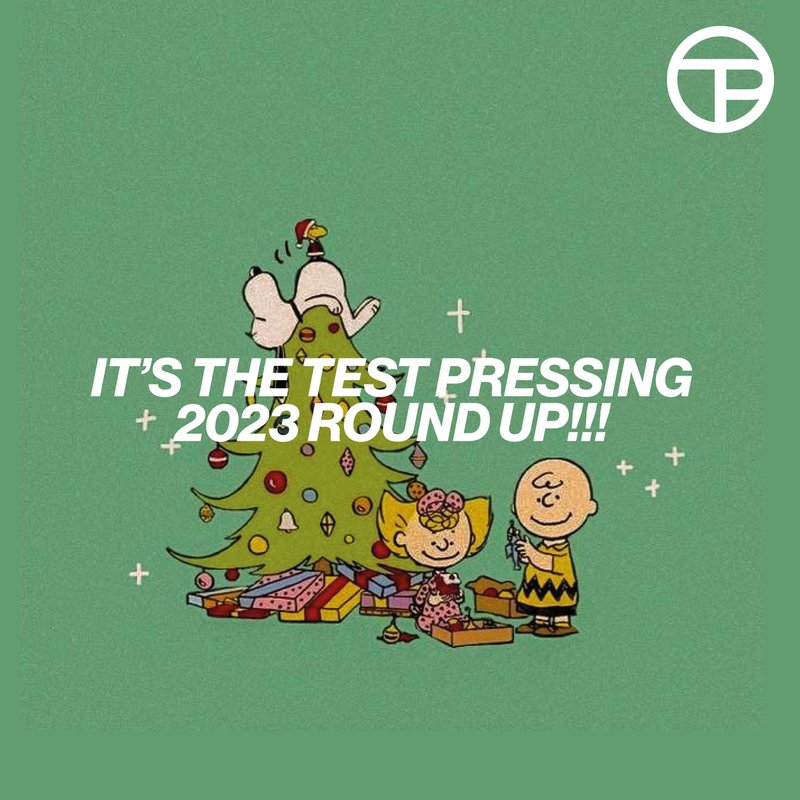Oli is a writer, blogger, music head and regular contributor to the Test Pressing forum. A born and bred Londoner, he moved to Barcelona in 2016 where he now writes and edits the El Puto Guiri weekly newsletter on Substack, covering life, culture, travel and all points in between. He wrote this piece based on shared experiences. The names have been changed to protect the innocent. Over to Oli...
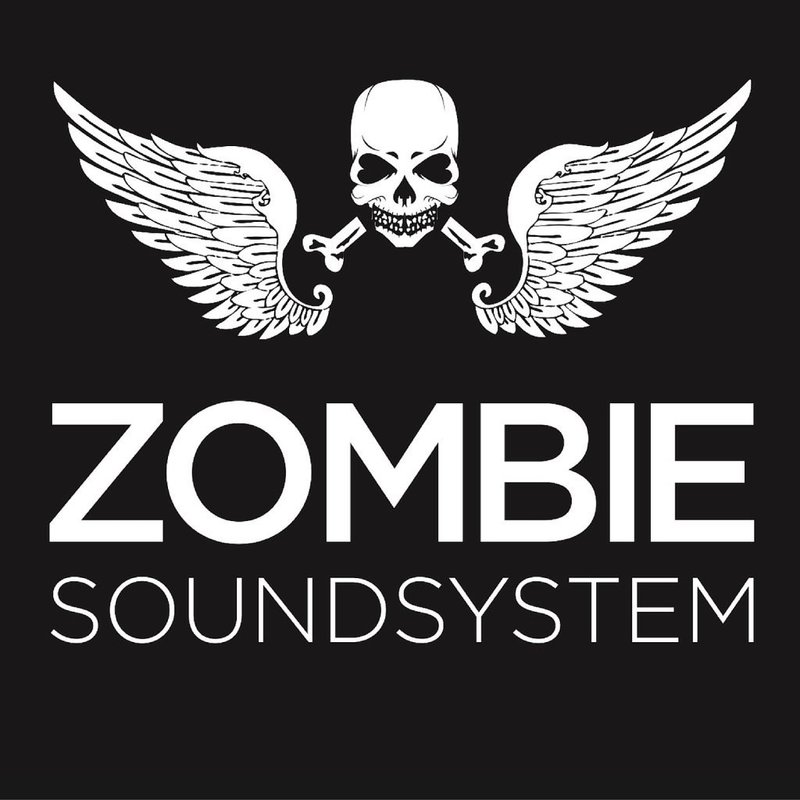
So a thread recently came up on the Test Pressing forum discussing people's favourite morning party tunes. It got me thinking about a time in my life when I lived for morning parties, those continuity sessions where the vibe was a little different to ordinary clubbing. It also got me wondering about how I got into it all in the first place. I thought it might be a good opportunity therefore to revisit a part of the 2000s which I think has never really been explored.
I guess it all started with an ad in the Evening Standard. Some girls needed a flatmate at their house on Chambord Street. I had to look it up as neither the postcode nor area meant anything to me. Until 2001 Shoreditch was the truncated bit on the tube map, a station that seemed to open arbitrarily. When you lived in SW London it felt as close as the Ural Mountains. Nobody I knew ever went to E London. Whitechapel was the last point on the District Line before bandit country, a perceived wasteland of bomb craters, protection rackets and gambling dens. I’d had a taster in 1998 on a big night at the Four Aces in Dalston that something was afoot, but I dismissed it as an aberration, and scrambled back to suburbia. The people I knew then, stayed local or stuck their oar in around Camden’s pubs or some meat market in town. I read all the dance magazines voraciously, fascinated by the latest cover CDs. But with no real idea what any of it meant.
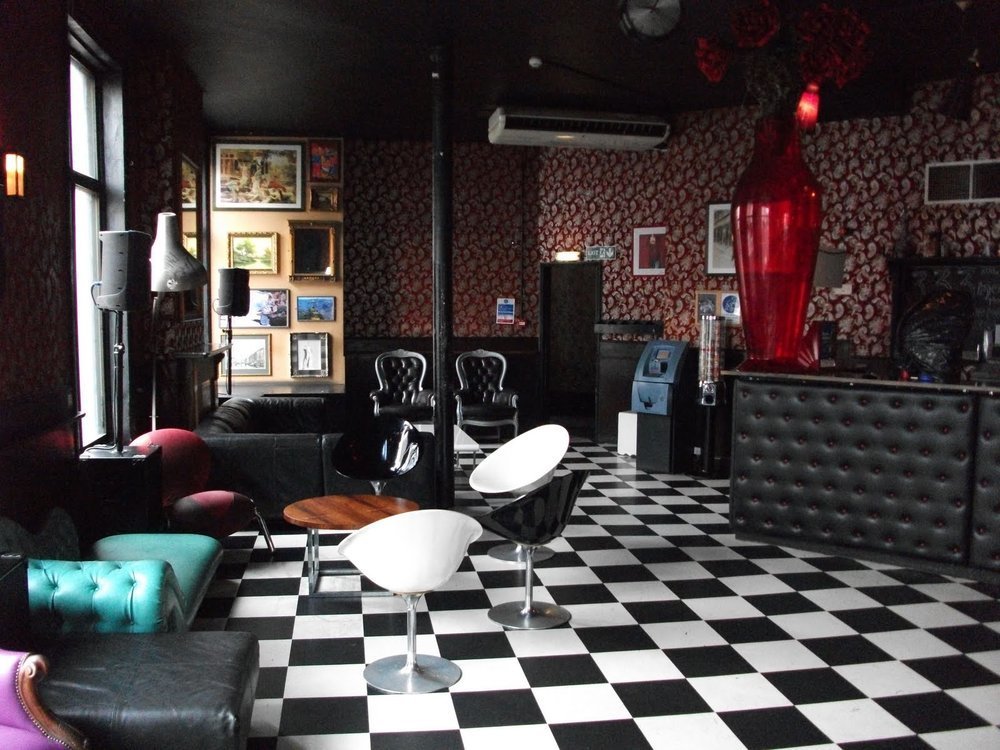
Arriving in Shoreditch I’d never seen anything like it. Old Street seemed to be brimming with life and people with ideas, quirkiness all around such as the £1 bar near the fire station. All the blokes seemed to be in matching skinny jeans and mullets, trying to look like Mick Jagger or any one of the Strokes or Rapture, or in fact anyone who looked indie, angular and low fi. The girls all looked like Madonna in Desperately Seeking Susan with retro Casio watches and mismatched dayglo. There was this air of irony, but it felt different to the 90s Mike Flowers Pop irony we’d left behind, this seemed to be a direct replication of the alternative dance scenes of the early 80s but in a very knowing way. I remember going to an electroclash thing at Spitz which did everything to evoke the spirit of cold war West Berlin - and hearing Goldfrapp everywhere and Jacques Lu Cont, Peaches, Le Tigre, Fischerspooner, Felix Da Housecat, Tiga and a whole load of flash in the pan neo-dancepunk acts. On my first night in the house the girls cautiously welcomed me into the fold and took me to the Mother Bar (above), with its mural of the Twin Towers on the wall. I remember one party somewhere called Kashpoint with a freak dressed as an astronaut dancing in front of me. As he stretched his arms out I had to make an instant judgement call. Are these my people or not? I remember all sorts of weirdos coming back to Chambord Street and not knowing who or how or why. People from St Martin’s or Goldsmiths, asymmetrical haircuts, people who no doubt found me impossibly square. I would hear snippets of conversation. Everyone seemed to have sidelines in fashion, gigs at Top Shop or on Neal Street.
That whole scene seemed to offer a glimpse into the future of clubbing - militantly alternative, backroom, retro and 8-bit, the very antithesis of the glamour of Ministry of Sound or anything else ‘up West’. It felt like a corner of London enamoured by anything out of Berlin or New York. I had no idea what to think. Was this real or a parody or even a filmset? I had spent most of the 90s outside London - in Devon or Spain where the rules of engagement were different, where my tastes, attitudes and networks were also very different. I was into music and parties but from a distance. I was attending things but wasn’t part of them. Whatever happened in London in the 90s I knew very little of it. If London was a contest between cool and irrelevance, I fell at the first hurdle, knocked out in the qualifying round.
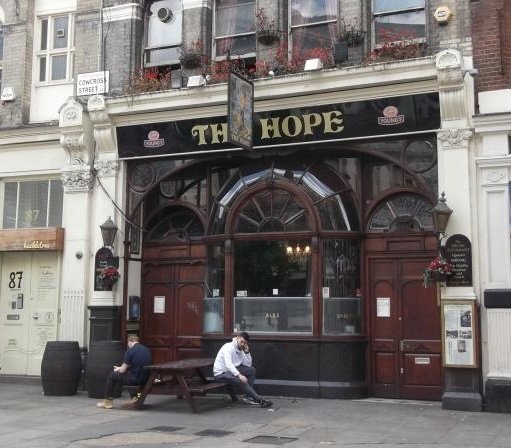
I landed a job in Farringdon at a press cuttings agency. There were dayshifts and nightshifts and we would go for a Friday night drink at 7.30am on the Monday morning at an old fashioned boozer, The Hope by Smithfields market. As you arrived a burly man stood on the door and muttered “workers or ravers?” The party people were evidently not welcome here. I’m not sure I will ever again drink at a pub like The Hope. A fog of fag smoke greeted you, the clientele comprising butchers, market traders and then the likes of us, the weirdos who worked nights in media. Amongst our ranks were grebos and goths and all manner of people with bad teeth I would never see again. Sat down with a man from Belfast with a UVF tattoo and a caterpillar moustache, you sensed there were ‘rules’ of engagement it would be ‘unwise’ to ‘break’. It was a place for hard drinkers and smokers, no horseplay allowed. It wasn’t an afterparty but it was my first glimpse into a very different London that sleeps by afternoon and comes to life by night. It was weird heading back West after that kind of encounter. I was intrigued.
At work I started to meet people with similar musical interests to me. The arrival of BBC streaming services meant you could see people’s desktops and who was listening to what on their headphones. The quiet ones who let off little clues became trusted confidantes and members of the rebel alliance. I got involved in online forums too, like the BBC music boards which opened my eyes to a new world. The Blue Room on Radio One was a game changer too. With an energy and enthusiasm that still surprises me I also immersed myself into the Gilles Peterson scene, and then the house scene and eventually the nu-disco scene. My primary partner in crime over this period was a guy called M, a sales manager who had formerly studied in Manchester. He was a Hacienda veteran who loved US house music, Knuckles, Humphries, Chandler all the big guns. It was like a secret society at work where those who knew segregated themselves from those who didn’t. It made the chore of being a media whore earning peanuts all the more bearable.
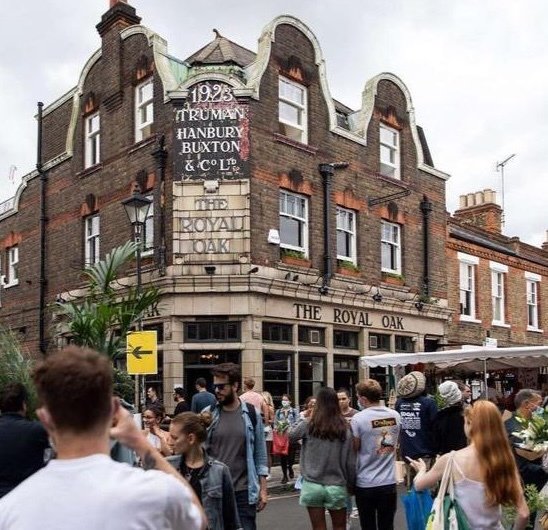
After a big session at Fabric where Louie Vega was playing, M and I decided to check out this pub on Columbia Road called The Royal Oak. Some people bundled us into a cab. It all felt pretty exciting. This was normally bedtime. There was something strange about arriving at a party at 9am on a Sunday, where unwitting tourists could be found just yards away at the flower market sniffing the geraniums. I was slightly taken back by the energy in that pub. There seemed to be a lot of people in trucker caps and sunglasses whilst two DJs also in trucker caps were sat on chairs in a corner putting one record one after the next. “It’s not you, it’s the E Talking. It’s not you, it’s the E Talking“… Everyone certainly looked very high. We were high too although perhaps fading by then. It felt very overwhelming.

In the early 2000s I attended a few big dos at Turnmills which were monster star-studded affairs, the Faith parties for instance which kicked off long gravity defying Easter Weekends. Chemical carnage and great tunes made for a lethal combo. Everybody from Xpress II to Prins Thomas, Mark Seven, and these other emerging names from Scandinavia who seemed to offer something different to generic house. I noticed the gear was changing, becoming a lot trippier. Was that Burnside from The Bill I sat next to in the cab to the Old Blue? Who could possibly verify? Nowhere seemed to epitomise the Alice in Wonderland fruitiness of the era more than the Lasermagnetic parties, which routinely took place anywhere at any time of day or night. I met lifelong friends through these gatherings which seemed to last till eternity and at the time would have thought nothing of their support DJ being thrown out for hurling scotch eggs. Lasermagnetic morning parties seemed to collect together the different tribes who had previously been elsewhere. No conversation did not start with the immortal line “Where have you just come from?”
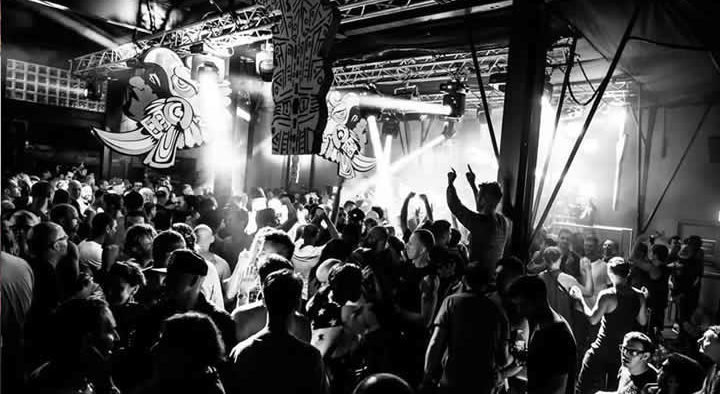
Some afters however were altogether darker in every sense. I quite enjoyed Bar 54, the basement on Commercial Street opposite Spitalfields. Originally an Indian restaurant it kind of evolved into this dirty party den downstairs with a cubby hole at the back, where you might find yourself talking about Galliano with a member of Galliano. I remember a great Ame set there and various other dignitaries who later became superstars on the world stage. It was also the kind of place where they would throw you out and charge you readmission 5 minutes later for afters run by a totally different promoter. There was something a bit unsettling about the transition, with new faces appearing and the old comforts replaced, especially when the music went from seedy to absolutely apocalyptic. The guy who did Zombies Ate My Brain, Shane Watcha specialised in the emerging minimal sound which appealed to a lot of the European art kids and where they went ketamine followed. I was always slightly ambivalent about K. It could be fun but equally it could be harrowing, a nihilistic form of throwing your body into temporary lockdown. Sometimes you were vulnerable too. An old phone went missing during a ravenap at The Key. I did like the venue, despite the hostile staff who weren’t shy about hauling anyone into a room they suspected of dealing. Which was a shame because I loved the decor in there, the multicoloured flooring, the chandeliers, hearing Do It Now in its full glory.
Perhaps the daddy of the afterparty scene was Jaded which took place each week at various venues but the one I associated it with most strongly was EGG (above) in King’s Cross. A reliable setting for many a twisted morning, the ones where I am no longer able to determine what I imagined and what I really saw. I know the DJ was called Raymundo Rodriguez and in the summer he would play borderline commercial house in the garden but I don’t think anyone really went for the music. I remember talking to Robert Owens in his leather waistcoat for hours (or perhaps it was minutes?) and seeing people having mass bundles on the grass outside. I remember the strangeness of York Way outside and teenagers hovering around selling pills from carrier bags. It was on one such occasion I remember meeting 2 women, one was English the other German and going back to their flat in Highbury & Islington and then this burning smell of something whilst I was sitting on a couch talking to a cockney plumber called Dimitri and 2 posh guys who claimed to work for The Times newspaper. I couldn’t tell if this was fun or seedy or if I should really be there. That sudden chilling jolt when you start to doubt everything around you.
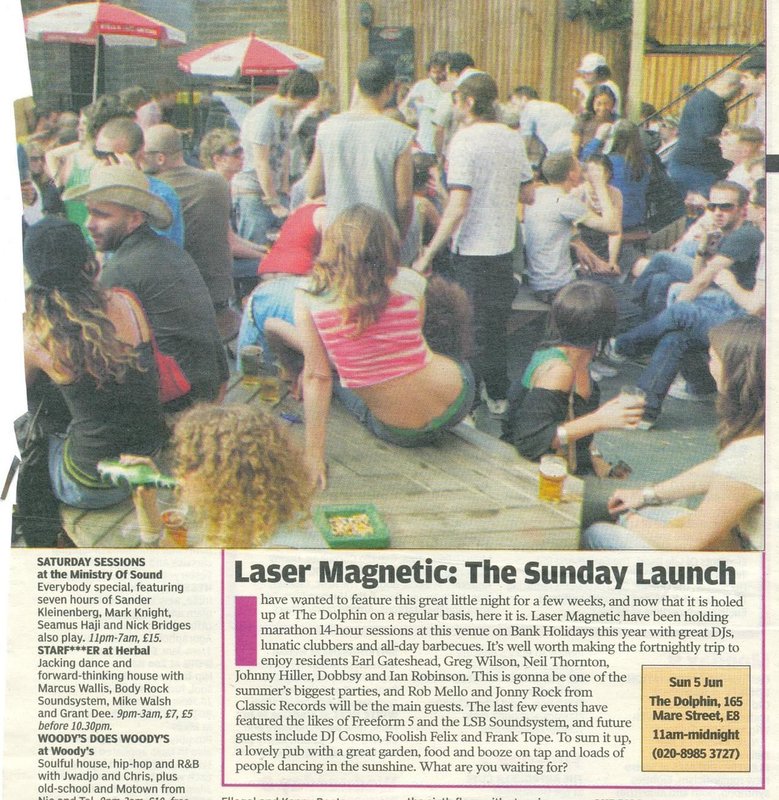
There as everywhere else it was all about the drugs, the amounts of drugs, the type of drugs and your unique headspace. There were times when I stuck around too long, where suddenly I felt exposed, where the comfort of familiarity had been lost, other times where I lost people or where I didn’t know if I could be bothered to talk shit anymore to whatever misfit had sat next to me. There were times when you would regain consciousness and somebody would be shouting at you, others when a member of staff almost had you in a headlock. There were moments when you would see a girl and fall instantly in chemical love and feel self-consciously conflicted between talking and not freaking her out. More often than not shyness won out. Then there were those occasions when you just had to leave for your own sanity, usually jumping into an illegal cab and getting outta there.
And then of course there were the Manor House warehouse off Seven Sisters Road which seemed to turn into a regular haunt after Lowlife. This was unlike any afterparty or back to mine, an environment more familiar to veterans of the squat scene. An utterly lawless free for all, a makeshift shared space with bedrooms carved out by carpenters, where people assembled to party with no difficult neighbours amidst the light industrial units peppered around. This was where things were weirdest, where you were in someone’s home and yet which had hundreds of people in it, a place where people were not just enthusiastic about drug use but ideologically committed to it. Sometimes the music got too much, veering dangerously close to dystopian Locodice territory, at others we were bounding about on dilapidated settees to the Switch remix of Apache.
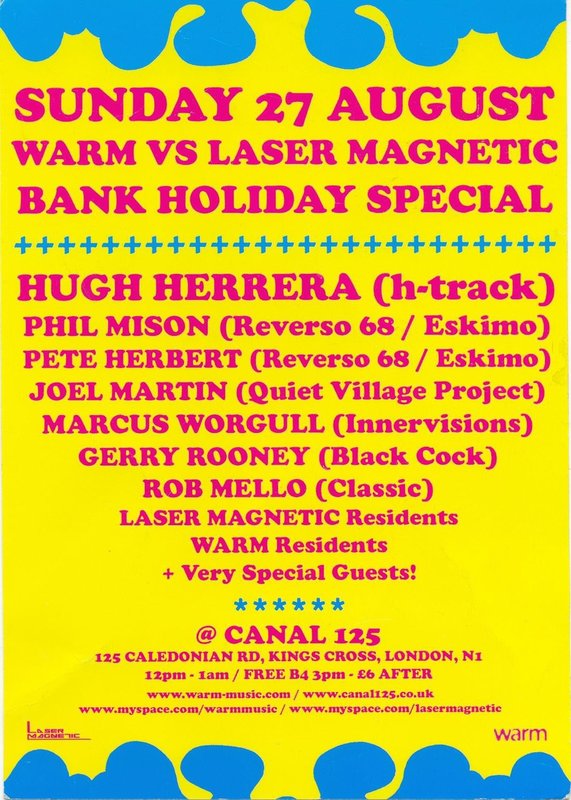
Looking back I find it odd that more people haven’t written about that side of London life. Is it a case of collective amnesia or people simply wanting to retain a trade secret? The photographer Nick Ensing documented a few London parties but not many others have. I am unaware of anyone who has really delved deep, perhaps because by its very definition it was a dirty, semi-clandestine world not receptive to the public glare, arguably the last gasp before smartphones changed the game forever. In the end I guess everyone grew out of it and those who still venture out would prefer a back to mine nowadays. It is probably 15 years since I last attended one of those morning parties and it feels like a parallel universe I can barely comprehend looking back. The nature of clubbing has changed and perhaps the kids now have different notions of how to spend a Sunday morning. And the prospect of the apocalypse is altogether more real in this wartorn world than it ever was in the ruminations of one man’s monged head.
I met a lot of good people through afters, eventually breaking through the superficiality of it all to retain real friendships. There were also a lot of troubled, damaged people who found expression and family amidst the chaos and I don’t blame them. I met so many people from around the UK and beyond who moved to London to chase dreams or escape demons. Everyone will have different memories, and perhaps some women will have negative stories. I couldn’t speak for anyone else. I’ve been out of London a long time and am reliably informed much has changed. The Key, 54, and numerous other citadels of morning sin have closed down, falling into the hands of developers with arguably even more sinful agendas…
Their names are etched on my consciousness forever: the Dolphin, Star of Bethnal Green, Horse and Groom, The King’s Head, The London Fields. Only one I think still remains. Perhaps it was a case of us getting older and preferring cosier places than clubs with less oppressive security, or perhaps it was the gradual closure of clubs that forced people into the pubs? The free for all that was THAT East London is no more but a hardy few still meet up and I still keep in touch from afar via forums and newsletters. Perhaps we are still guinea pigs in terms of the longer term effects of those wild parties, but by writing this I hopefully struck a chord with others who lived through those times.
This piece was written by Oli who writes and edits the El Puto Guiri weekly newsletter on Substack. We recommend a solid dip into it.

